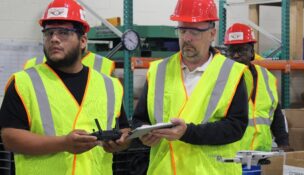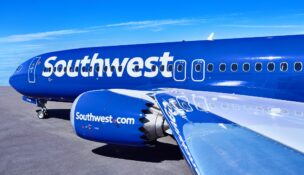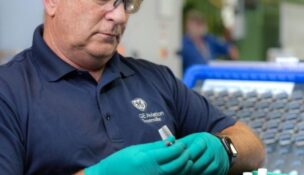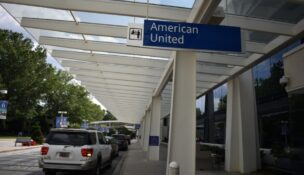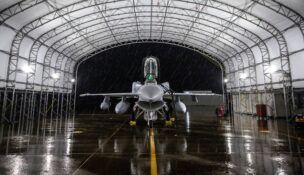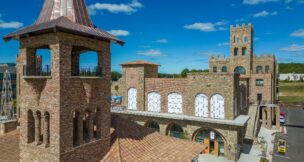Bahrain’s ambassador tours F-16 production line
Ross Norton //December 18, 2019//
Bahrain’s ambassador to the United States toured the Greenville Lockheed Martin site on Tuesday to see where his country’s next fleet of fighter jets is being built.
The Middle East kingdom was the first of three countries to confirm orders for the F-16 Block 70 and will receive the first of the aircraft ever built in Greenville.
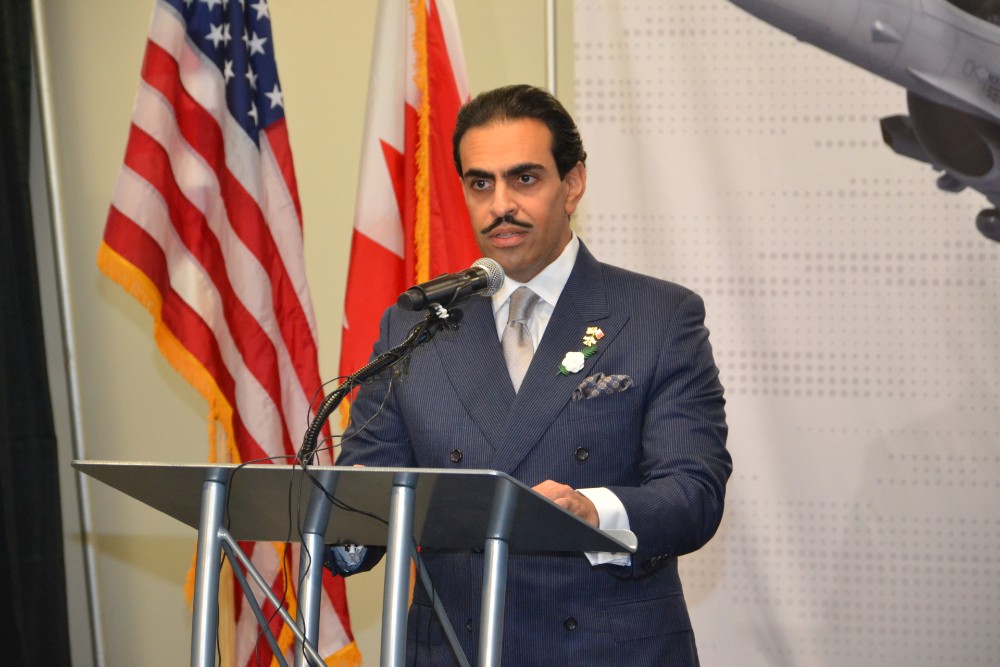 “We are here today in recognition of two very worthy occasions, for the defense ties between our two nations run long and deep,” Shaikh Abdullah bin Rashed Al Khalifa said. “It is due to this relationship that we are celebrating a further success in our collaborations with the construction of this new F-16 fleet. Today also marks another worthy occasion for, in Bahrain, it’s Martyrs Day. Like your Memorial Day, today commemorates those men and women in uniform who have made the ultimate sacrifice in the line of duty to their country.”
“We are here today in recognition of two very worthy occasions, for the defense ties between our two nations run long and deep,” Shaikh Abdullah bin Rashed Al Khalifa said. “It is due to this relationship that we are celebrating a further success in our collaborations with the construction of this new F-16 fleet. Today also marks another worthy occasion for, in Bahrain, it’s Martyrs Day. Like your Memorial Day, today commemorates those men and women in uniform who have made the ultimate sacrifice in the line of duty to their country.”
Bahrain has ordered 16 of the aircraft. Slovakia and Bulgaria also have contracts to purchase the F-16 and Lockheed Martin is in talks with other customers. The message from political leaders since the first deal was announced — including again Tuesday through a video message from Sen. Lindsey Graham — is that it serves America’s interests to sell the fighter jets to allies. The ambassador concurred, saying it’s best for everyone.
“His majesty King Hamad bin Isa Al Khalifa has made our relationship with the United States a top priority, fully reciprocated by those in Washington who share the recognition that, as I’ve said before, peace in the region is peace far beyond the region,” he said.
S.C. Gov. Henry McMaster exchanged gifts with the ambassador and assured him that Lockheed Martin and the workers of South Carolina are up to the task of filling the order.
“It’s a dangerous world out there,” the governor said. “And the more partnerships, and the more friendships and the more relationships — I believe the world turns on relationships — the more relationships we have like this, with understanding and trust and confidence, the better not only will we be in South Carolina and this country but your country and the world as well.”
The F-16 was previously made in Texas and production for the U.S. military was at an end, according to earlier reports, but when the government approved continued sale of the stalwart aircraft to allies, the F-16 found new life and production was moved to Greenville. F-16 production officially began at the S.C. Technology and Aviation Center on Nov. 11.
“Lockheed Martin’s partnership with Bahrain began more than 40 years ago with the delivery of the L10-11 Tri-Star commercial airliner. It continues today with the C-130J and of course the F-16 Block 70 configuration,” said Bridget Lauderdale, vice president and general manager of Lockheed Martin’s Integrated Fighter Group. “Bahrain was the first country in the Gulf region to acquire the F-16 years ago.”
Lauderdale said Lockheed Martin’s relationship goes back to their first order in 1987 and has been ongoing ever since.
“None of these milestones would be possible without the trust of our customers, notably Bahrain and our strong partnership with the United States government and the United States Air Force,” she said. “Together we are building a foundation of trust, partnership and security for another four decades.”
The F-16s manufactured in Greenville for international customers will be the newest and most advanced F-16 production configuration ever offered, combining numerous capability and structural improvements, according to a news release. F-16 production is creating hundreds of new jobs in Greenville — supported by more than 400 suppliers in 41 U.S. states — and positioning the site to grow.
i





